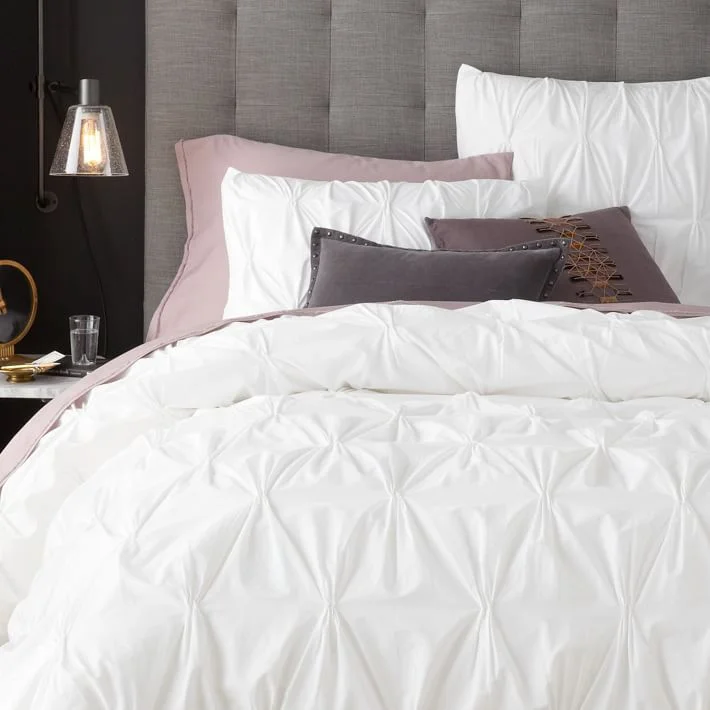Anyone that has been through a PRI program knows that shoes are extremely important to the success of said program. The Hruska Clinic (the clinic that the creator of the Postural Restoration Institute, Ron Hruska, owns and works out of) puts out a biannual shoe list where they look at hundreds of different tennis shoes, breaks them into categories to help clinicians narrow down the options for our patients, then lists a few shoes in each category (see current shoe list HERE). Having proper footwear can make or break a program. For our patients who present in a pattern (or are not in neutral in one or multiple areas of their body), these shoes can kick start their program instantly getting them in to neutral and saving weeks of work! However, once our patients lift scores get to a 3 out of five or higher, they have some options in terms of footwear. Since spring has sprung and we know that our patients will be wearing sandals at some point regardless of lift score, we wanted to you know what to look for in a good sandal.
1) Avoid a heel. Having any height in your heel will push the weight of your body onto the ball of your foot. We are designed to bear our weight through our heels. When we are forced into an unnatural ankle and foot position, we must counterbalance our weight up the chain so that we do not fall forward. The most typical compensation for this is to lean back in the shoulders accentuating the curve in the lower back and possibly pushing the head forward. This can quickly cause lower back, shoulder, and neck pain.
2) Choose a shoe that is attached to your foot. When we wear a shoe that hangs on our foot like a flip flip or a mule, we have to work harder to keep that shoe on our foot while we walk. This may include gripping the shoe with our toes, lifting our toes up excessively, or even rotating our hips so that our toes point slightly outward. All of these compensation patterns cause excessive and abnormal muscle use which can irritate many areas including our foot, ankle, knees, hips, and lower backs. Choosing a shoe that straps at or around the ankle will ensure that the shoe stays on your foot while walking and you don’t have to work as hard!
3) Try to find a shoe with heel support. Although this is quite a challenge, it can be done. Many people realize the importance of having good arch support in a shoe for good foot and ankle alignment. However, many do not realize that what really determines the arch’s position is the heel bone or calcaneus. If you are able to find a sandal that encompasses the heel and gives it some support via a more rigid material, your arch will be much more stable.
4) Feel your arches. As mentioned above, managing your heel position is very important, but it’s still essential to have support under your arches. Try to find a pair of sandals that has enough arch support built into it that when you stand and walk you can feel the material of the shoe supporting your arch. There should not be a gap between your arch and the shoe. Additionally, there should there never be so much build up that it’s painful or you feel as though it’s pushing your weight to the outside of your foot. The ability to sense and feel your arches helps your body to utilize your glut max muscle. This helps to keep your lower back from overworking and can help to strengthen those very important gluts!
5) Go for comfort. Whatever sandal you chose needs to be comfortable. Think about the last time you wore a pair of shoes that gave you a blister. First of all, remember how much that hurt. Second, remember how strangely you walked to avoid rubbing the blister even more? It’s obvious that when you walk oddly to avoid pain, you’re not walking in a biomechanically correct way which can lead to form breakdown and pain.
6) Limit your use. No matter how many of the above boxes your selected sandals check, we all have a limit to what our bodies can handle with less than desirable shoes (aka not tennis shoes). Listen to your body when you wear your sandals. You’ll soon begin to notice how much time or activity you can tolerate in those shoes before your body starts to break down. Have a your tennis shoes at the ready for when you drive home after that wedding or only wear them when you’re going to a nice dinner and won’t be on your feet much.
Written by Lesley Callaham, MPT, PRC April 2, 2019




